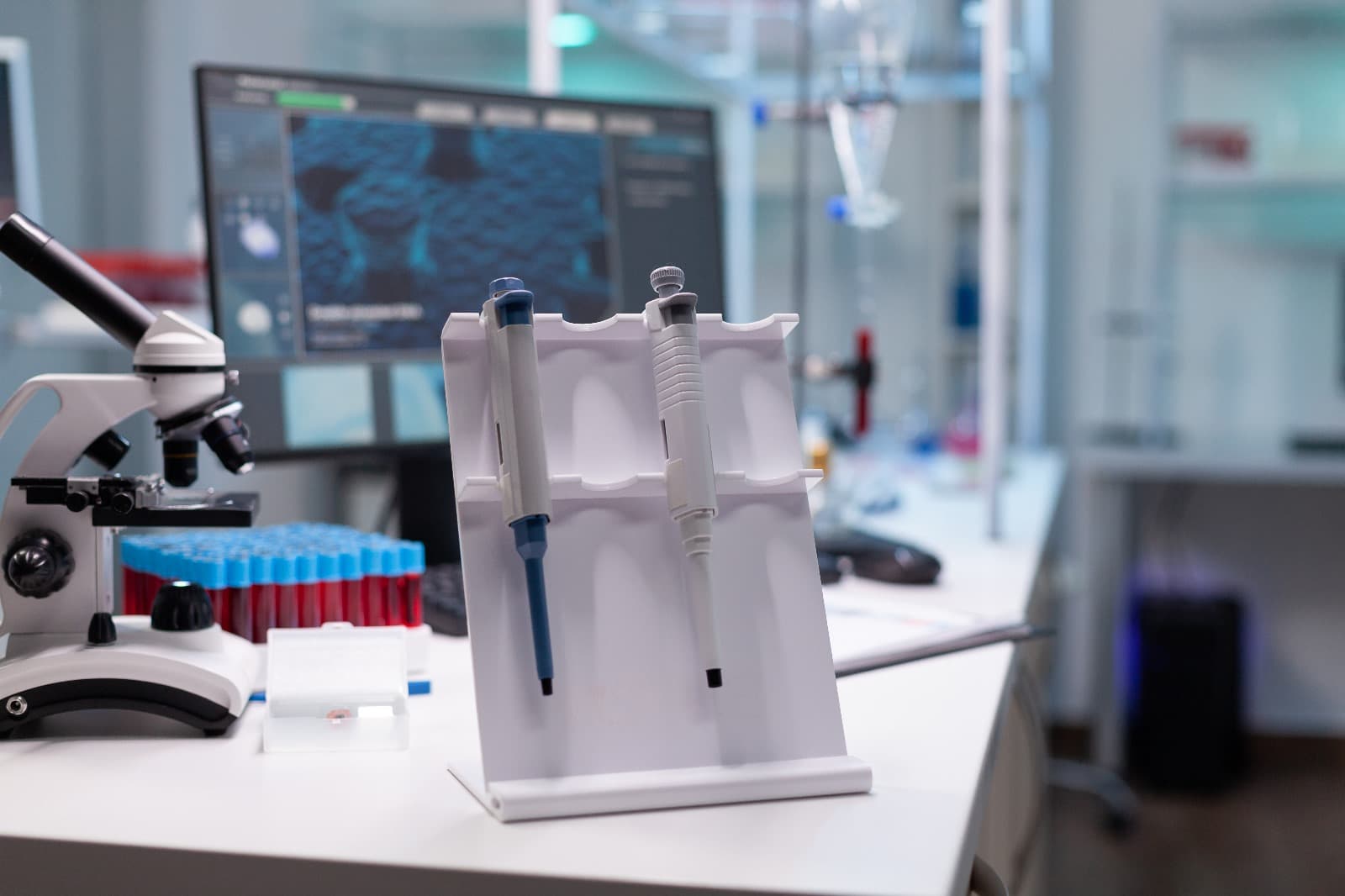Innovations in medical equipment: transforming healthcare delivery
Medical technology has advanced significantly over the past few decades, revolutionizing the way healthcare is delivered. Innovations in medical equipment not only enhance the quality of patient care but also streamline medical procedures, making them safer and more efficient. This article delves into the latest trends in medical equipment, their impact on healthcare, and what the future holds.
The rise of telemedicine and remote monitoring devices
Telemedicine has gained unprecedented momentum, especially in the wake of the COVID-19 pandemic. The need for remote consultations and patient monitoring has led to the development of sophisticated medical equipment that can transmit real-time data from patients to healthcare providers.
Remote monitoring devices, such as wearable sensors, are at the forefront of this revolution. These devices can track vital signs like heart rate, blood pressure, and oxygen levels, allowing for continuous patient monitoring without the need for hospital visits. For instance, wearable ECG monitors can detect arrhythmias early, enabling timely interventions. The integration of artificial intelligence (AI) with these devices further enhances their diagnostic capabilities, providing healthcare professionals with actionable insights.
Telemedicine platforms often come equipped with advanced diagnostic tools, such as digital stethoscopes and otoscopes, which can be used by patients under the guidance of their doctors during virtual consultations. This not only expands access to healthcare, especially in rural and underserved areas, but also reduces the burden on healthcare facilities.
Advanced imaging technologies: precision and clarity
Imaging technologies have seen remarkable advancements, offering unprecedented precision and clarity. Innovations such as 3D imaging, functional MRI (fMRI), and digital pathology are transforming diagnostics and treatment planning.
3D imaging, including technologies like 3D ultrasound and 3D mammography, provides detailed views of internal structures, enabling more accurate diagnoses. For instance, 3D mammography offers superior imaging of breast tissues, improving the detection rates of breast cancer at early stages.
Functional MRI (fMRI) is another groundbreaking technology that maps brain activity by detecting changes in blood flow. This has profound implications for neurology and psychology, aiding in the diagnosis and treatment of conditions like epilepsy, brain tumors, and mental health disorders.
Digital pathology, which involves the digitization of traditional pathology slides, allows for high-resolution images that can be analyzed by pathologists remotely. This not only speeds up the diagnostic process but also facilitates second opinions and collaborative analysis, enhancing the accuracy of diagnoses.

Portable and point-of-care devices: accessibility and convenience
Portable medical devices and point-of-care testing (POCT) equipment are making healthcare more accessible and convenient. These innovations are particularly beneficial in emergency situations and for patients in remote locations.
Portable ultrasound machines, for example, are compact and easy to transport, enabling healthcare providers to perform diagnostics in the field or at a patient’s bedside. This is crucial in emergency care, where time is of the essence. Similarly, portable X-ray machines allow for immediate imaging in various settings, from ambulances to rural clinics.
Point-of-care testing devices, such as handheld blood analyzers and portable glucose meters, provide immediate results, facilitating rapid decision-making in clinical settings. These devices are invaluable in managing chronic diseases, like diabetes, where regular monitoring is essential. They also play a critical role in infectious disease outbreaks, allowing for quick diagnosis and containment measures.
The advent of portable and point-of-care devices underscores a broader trend towards decentralizing healthcare, bringing essential services closer to the patient. This not only improves patient outcomes but also reduces the strain on healthcare systems by minimizing the need for hospital visits.
The continuous evolution of medical equipment is pivotal in enhancing the efficiency, accuracy, and accessibility of healthcare. From the rise of telemedicine and remote monitoring devices to advancements in imaging technologies and the proliferation of portable and point-of-care devices, these innovations are transforming the landscape of medical care. As technology continues to advance, the future holds even greater promise for more personalized, precise, and accessible healthcare solutions. For online stores specializing in medical equipment, staying abreast of these trends is crucial in meeting the evolving needs of healthcare providers and patients alike.
Ai-driven diagnostics: speed and accuracy
AI algorithms can analyze medical data with remarkable speed and precision, assisting healthcare professionals in diagnosing various conditions. For instance, AI-powered imaging systems can detect anomalies in medical images, such as X-rays, MRIs, and CT scans, with a level of accuracy that rivals or even surpasses human experts. These systems can identify early signs of diseases like cancer, cardiovascular conditions, and neurological disorders, facilitating prompt and effective treatment.
Machine learning models are also being used to predict patient outcomes based on historical data. By analyzing patterns in large datasets, these models can forecast the progression of diseases, helping doctors make informed decisions about treatment plans. For example, AI can predict the likelihood of complications in surgical patients, allowing for preemptive measures to be taken.

